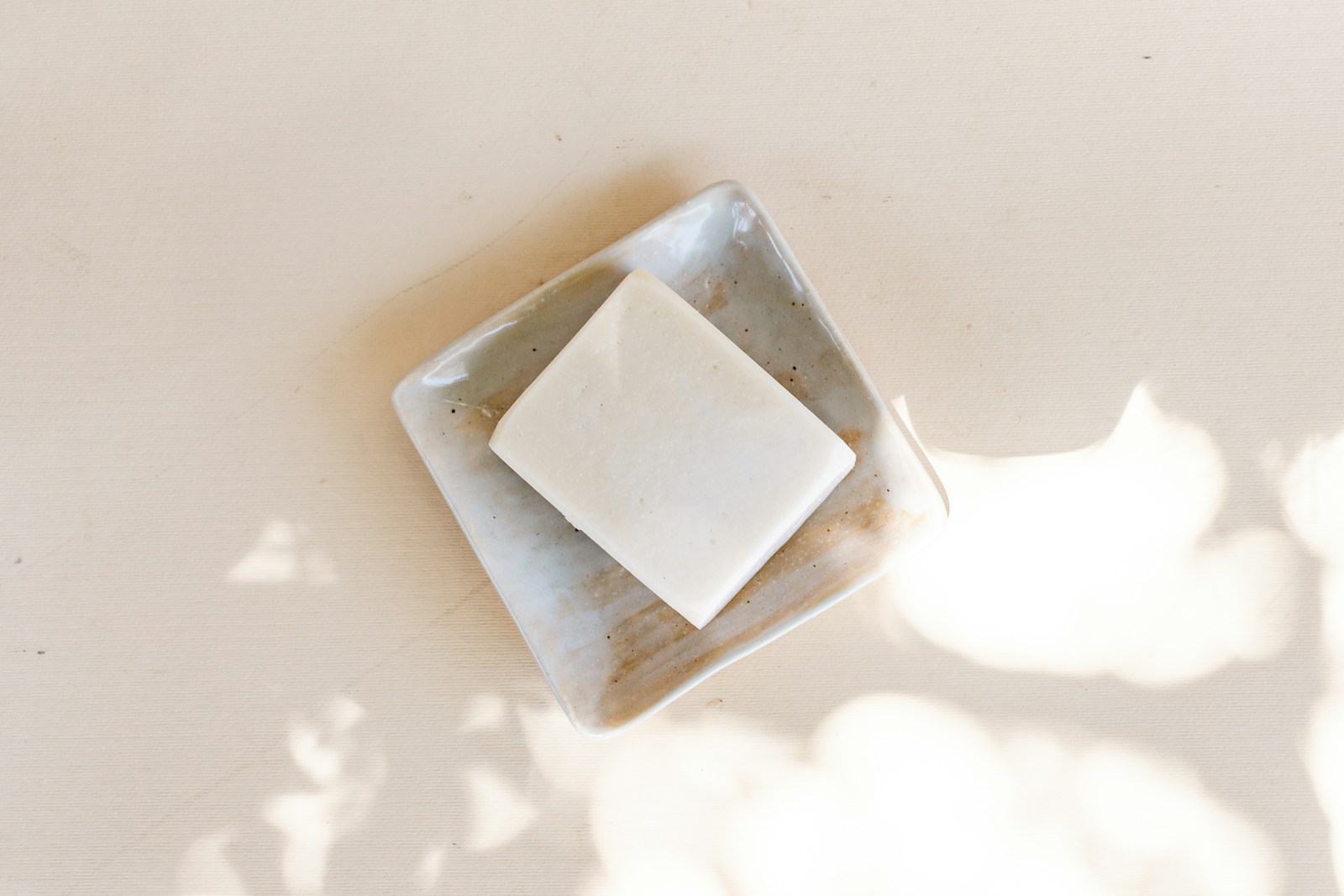Soap making is a popular hobby that allows individuals to create their own unique and personalized soap. Whether you are looking to make soap for yourself or to give as gifts, learning the basics of soap making is essential. In this complete guide to soap making, we will cover everything you need to know to get started on your soap making journey.
One of the first things to consider when making soap is the ingredients you will need. The basic ingredients for making soap include oils or fats, water or a liquid, and lye. It is important to note that lye is a caustic substance and should be handled with care. When selecting oils or fats for your soap, consider using a combination of different oils to achieve the desired properties in your soap. Some popular oils for soap making include olive oil, coconut oil, and palm oil.
Once you have gathered your ingredients, the next step is to decide on the method of soap making you will use. There are several methods of soap making, including cold process, hot process, and melt and pour. The cold process method involves mixing oils and lye together at a low temperature, while the hot process method requires heating the mixture to speed up the saponification process. Melt and pour soap making involves melting a pre-made soap base and adding your own scents and colors.
When making soap, it is important to follow safety precautions to prevent any accidents. Always wear protective gear such as gloves and goggles when handling lye, and work in a well-ventilated area to prevent inhaling fumes. Keep children and pets away from the soap making area, and never leave the lye solution unattended.
Adding scents to your soap is a fun way to customize your creations. There are many options for adding scents to soap, including essential oils, fragrance oils, and dried herbs. Essential oils are natural plant extracts that provide both scent and therapeutic benefits, while fragrance oils are synthetic scents that come in a wide variety of options. Dried herbs can also be added to soap for a touch of color and texture.
When it comes to shaping your soap, the possibilities are endless. You can use molds to create bars, shapes, or even intricate designs. Silicone molds are popular for soap making as they are flexible and easy to release the soap from. You can also experiment with layering different colors and scents to create unique and beautiful soap creations.
After you have made your soap, it is important to let it cure for a few weeks before using it. This allows the soap to harden and the lye to fully saponify, resulting in a milder and longer-lasting bar of soap. Once your soap has cured, it is ready to use or give as gifts to friends and family.
In conclusion, soap making is a rewarding and creative hobby that allows you to create your own personalized soap. By following this complete guide to soap making, you will be able to make beautiful and fragrant soaps that you can enjoy or share with others. Experiment with different oils, scents, and shapes to create unique and one-of-a-kind soap creations. Happy soap making!





Perfect timing! Much appreciated!